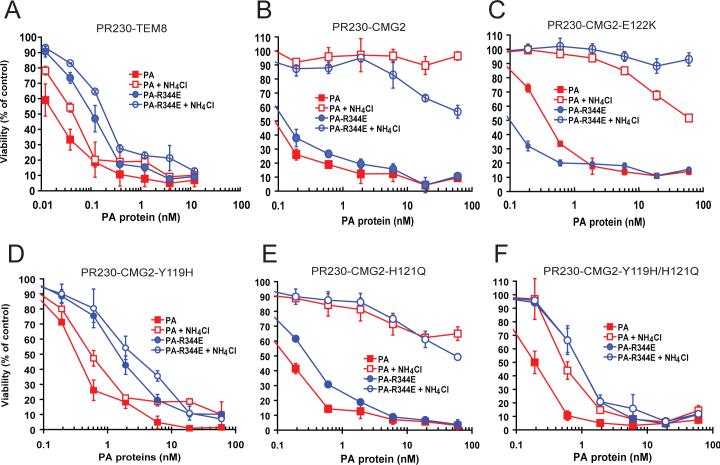Fig. 5. Disturbance of the interaction between 2β3−2β4 loop of PA and Glu-122 pocket of CMG2 lowers the pH threshold for PA prepore-to-pore conversion.
A. Cytotoxicity assays of TEM8-expressing cells challenged with PA or PA-R344E (plus 1.9 nM FP59). The cells were treated with toxins in the absence or presence of 10 mM NH4Cl for 3 h, then the toxins were removed and the cells were cultured in the presence of 10 mM NH4Cl for 48 h and cell viability determined. NH4Cl provided only slight protection. B. Analyses performed as in panel A showing that NH4Cl can fully protect CMG2-expressing PR230 cells from PA plus FP59, but this protection is slightly less effective when the cells were treated with PA-R344E plus FP59, where the salt bridge between PA Arg-344 and CME2 Glu-122 is disrupted. C. Cytotoxicity assays done as above show that CMG2-E122K-expressing cells are more sensitive to PA-R344E than to native PA, due to restoration of the salt bridge, and this strengthened interaction restores high sensitivity to inhibition by NH4Cl. D-F. Cytotoxicity assays of cells expressing CMG2 having the Tyr119 to His and His121 to Gln substitutions. The Tyr119 to His mutation makes cells largely insensitive to NH4Cl protection when present alone (Panel D) or in combination with the His121 to Gln substitution (Panel F).

